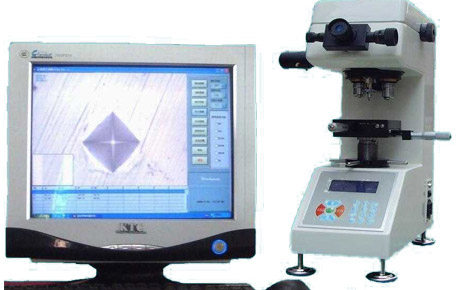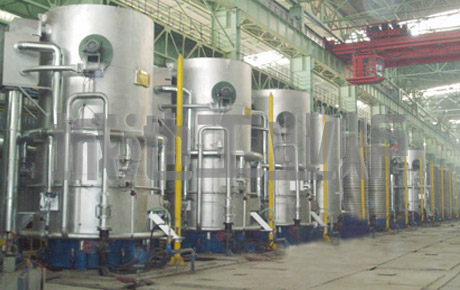Refractory fiber
Refractory fiber
Aluminosilicate refractory fibers fiber, glass fiber, chromium fibers, silica fibers, alumina fibers, zirconia fibers, carbon fibers, silicon carbide fibers. Fire-resistant fiber is a new fire-resistant insulation materials. It is light weig
Abstract
- Promulgator: :industrial furnace
- Send date:2015-11-01 10:43
Keywords:Aluminum silicate fiber,temperature,bulk density,thermal cond
Refractory fiber
Aluminosilicate refractory fibers fiber, glass fiber, chromium fibers, silica fibers, alumina fibers, zirconia fibers, carbon fibers, silicon carbide fibers. Fire-resistant fiber is a new fire-resistant insulation materials. It is light weight, high temperature, low thermal conductivity, heat capacity is small, less than the heat storage, thermal shock, is a flexible material. Jobs taken according to different raw materials, there are aluminum silicate, silica, alumina and graphite refractory fibers.
General electric use aluminosilicate refractory fibers and high temperature hot furnace, high temperature vacuum furnace and atmosphere pressure sintering furnace use of graphite fibers.
The most widely used common aluminosilicate refractory fibers, after the flint, bauxite and other 2000 ℃ melting in an electric arc furnace in order to fine-share outflow, with high-speed blow compressed air or high-speed rotary wheel thrown into a bulk fiber , fibers having a diameter of several micrometers, a length of a few millimeters to tens of millimeters, after removal of slag ball, the addition of 0.3% ~ 0.5% of the binding agent (sodium methyl cellulose, natural rubber latex made carpets, blankets, plates, paper and rope and other products.
Ordinary aluminum silicate fiber, are metastable structure, the heating process has cristobalite and mullite crystals precipitated crystallization increases the amount of grain growing up, fiber contractions, loss of elasticity, causing chalking, unusable.

In order to reduce the amount of fiber crystallization Increases temperature, should minimize impurities. Alkali metal, Fe2O3, Ti02 and other impurities can reduce the melting point fibers and promote fiber recrystallization. In Al2O3 / SiO2, ratio close to 1, the addition of 3% ~ 6% of Cr20O3, inhibit crystallization and grain growth, use temperature of 1200 ℃. High alumina fiber crystallization phase mainly mullite crystals, it tends to grow smaller, and therefore, high alumina fiber temperature up 1200~1300 ℃.
Said fibers are vitreous fibers, long-term use temperature of 1000~1200 ℃. Another polycrystalline refractory fibers can be divided into two types:
1, polycrystalline mullite fiber: Al2O3 72% ~74%, at high temperatures, microcrystalline mullite stable, there are still resilient, the best use of a temperature of 1300 ℃.
2, polycrystalline alumina fibers: Al2O3 95% of long-term use temperature of 1400 ℃, the highest temperature of 1600 ℃..
Several fiber properties
| Name Use warm honey |
density change (℃) |
Diameter (g/cm3) |
Strength ratio (μm) |
Strength X 106(cm) |
elastic X 107(cm) |
| E glass fibers | 700 | 2. 55 | 10 | 13. 7 | 28 |
| S glass fiber | 840 | 2. 5 | 10 | 18.3 | 35 |
| Chromium fiber | 1400 | —— | — | — | 一 |
| Quartz fiber |
softening point 1600 |
2.19 | 35 | 27. 4 | 33. 8 |
| Alumina fiber | 2040 | 3. 15 | — | 6. 6 | 55.6 |
| Zirconia fibers | 2650 | 4.84 | — | 4. 3 | 72. 7 |
| Carbon fiber (RAE) | 3650 | 2. 0 | 8~10 | 10. 4 | 211 |
| Silicon carbide fibers | 2690 | 4. 09 | 76 | 8. 6 | 120 |
Refractory fiber is characterized as follows:
1, the use of high temperature: the long-term operating temperature of 1000~1200 ℃.
2, good insulation properties: thermal conductivity is generally 1 / 5~1 / 1 5 lightweight bricks. Do lining the walls can be reduced thickness of 1 / 3~1 / 2. Energy savings over 15% ~ 30%, shorten the production cycle of more than 40%.
3, the bulk density is small: only bricks 1 / 20~1 / 5, save steel, furnace heating up fast, less speculation regenerative furnace is electric light. Electric light to the whole direction of development, it is of great significance for the thousands of energy-saving, especially for batch furnace, energy-saving effect is more significant.
4, good thermal shock resistance: it is flexible, soft, to thermal shock and vibration, and can eliminate thermal stress.
5, sound good: to reduce noise, as a high temperature sound deadening material.
6, good chemical stability: In addition to hydrofluoric acid, acid, hot alkali erosion, in general, are not acid-base erosion.
7, good insulation: do high-temperature insulating material. Breakdown voltage 5~5.5V / mm.
8, the molten metal does not wet: aluminum, copper, tin, lead, molten metal does not wet, can be used in the smelting of these metals.
More Refractory fiber:http://www.industrial-furnace.com/furnaceaccessories/Refractory_Insulation/refractory_fiber.html






